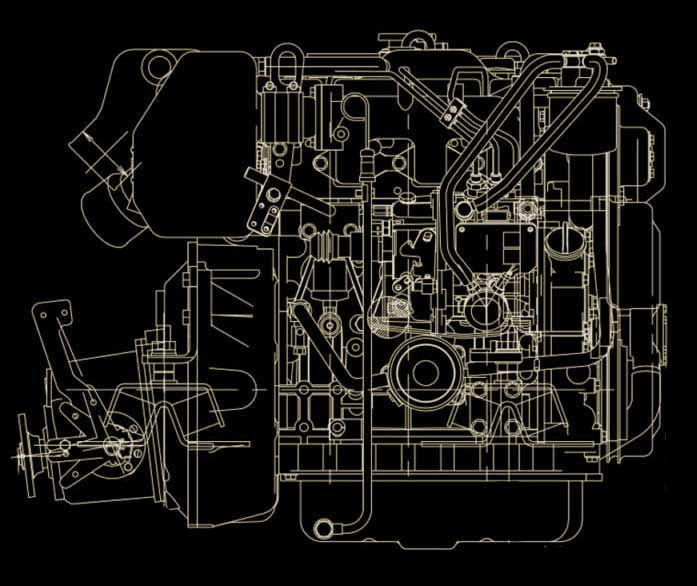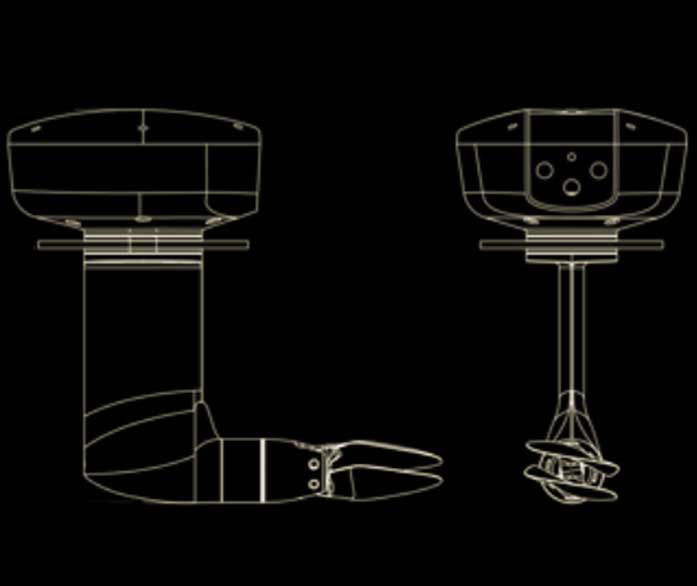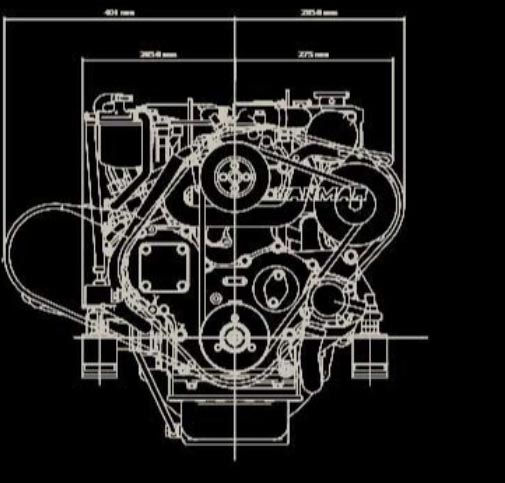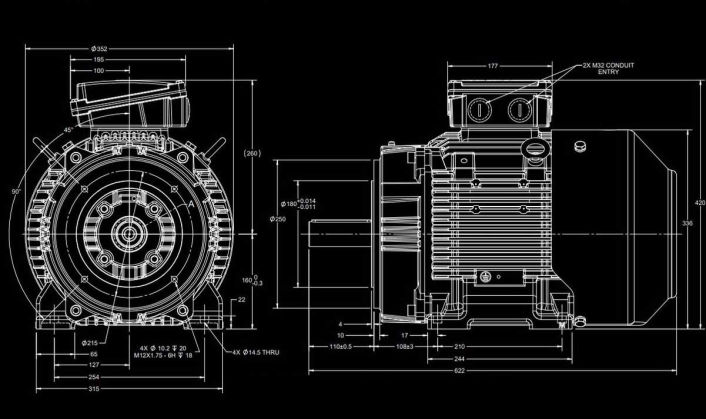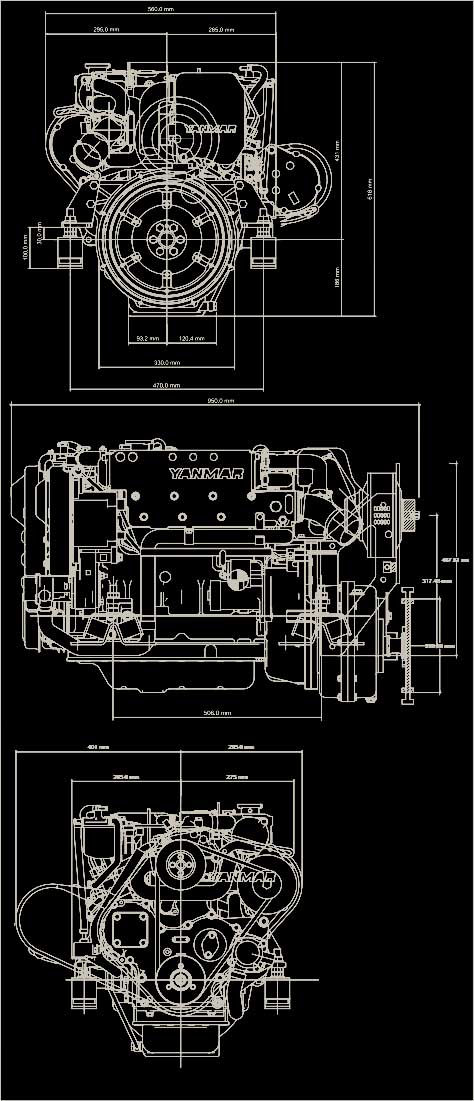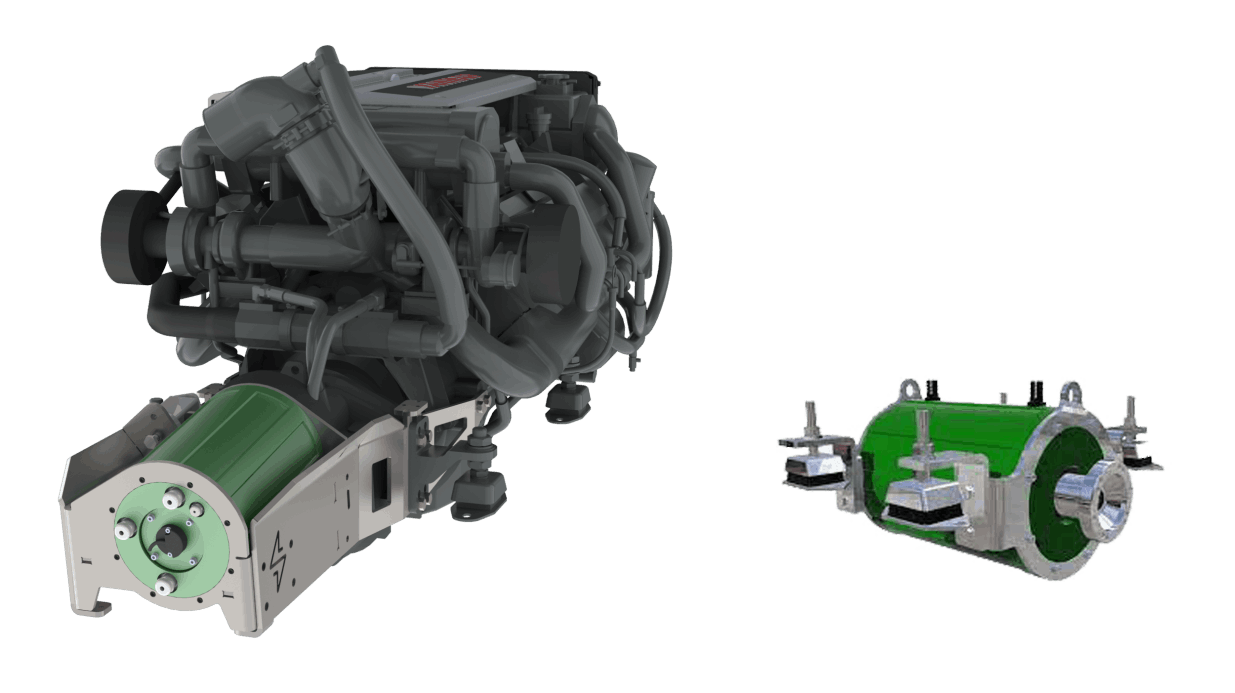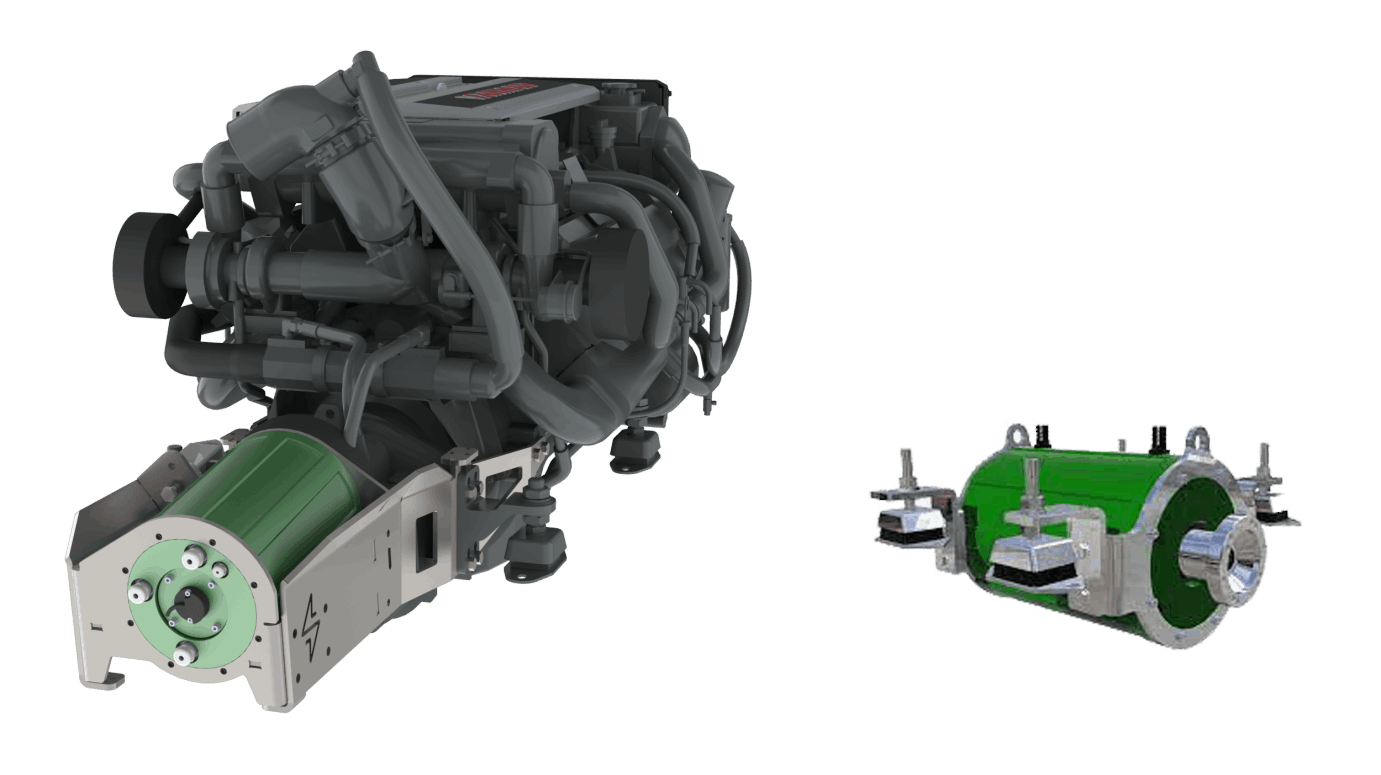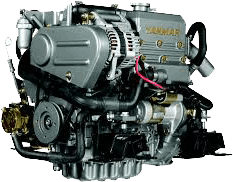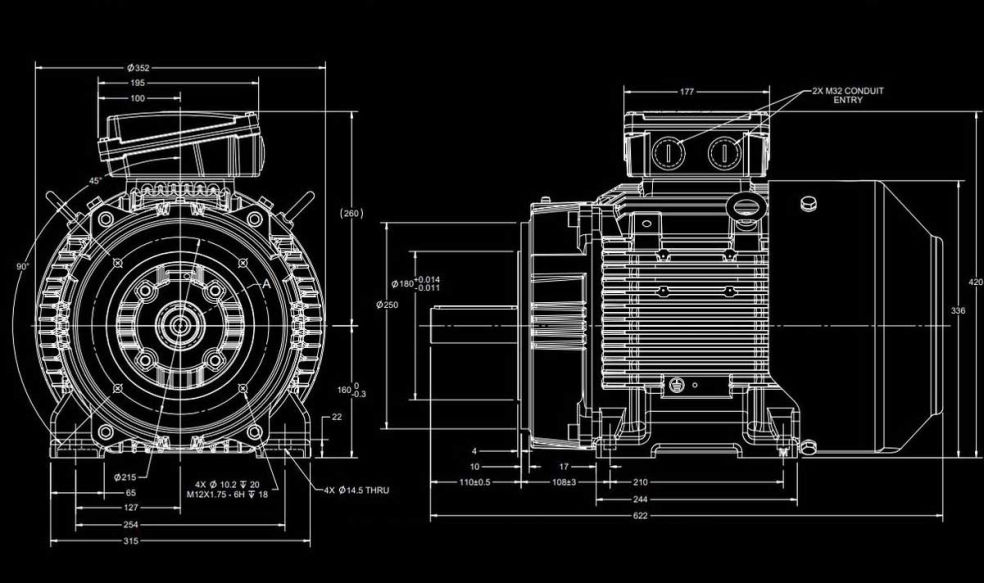Diesel Engines
This system is used on a typical catamaran running two diesel engines
This is the system that most boats use, it is tried and true.
What we like:
1) Diesel engines are far cheaper than setting up Hybrid or Dual systems. They would only cost about $28,000 for the pair.
2) Diesel engines turning a prop are anywhere from 10% to 20% more efficient than a diesel generator supplying electric power to a motor turning a prop. The percentage range is based on the number of conversions of energy. If you go directly from a diesel generator, without going to the batteries first, you may cut down on some of the conversions,. In that case, there is less of a penalty, but there is some loss.
3) Diesels have more horsepower. Two 55 hp diesel engines have a combined 110 hp; this only lose to the Combo boat with 113.5hp.
Why people will tell you Diesel boats are better:
There is more energy per pound in diesel fuel than you may store in a battery. Then, as noted above, there are less losses in conversion and more horsepower.
What we do not like:
1) Weight: The engines each weigh 550 pounds (with gear box). The 9 kw generator weighs 300-500 pounds. All total, this equals 1,400-1600 pounds. But that is not the end of the story. Since we are reliant on diesel fuel, we have to carry more fuel on board, up to 158 gallons. That adds another 1,121.8 pounds. If we add the house bank of batteries (220 pounds) we get a Grand total of: 2,727.8 to 2,927.8 pounds, fully loaded.
2) More hours of listing and smelling a diesel engine run.
3) More time finding, transporting, and filling diesel fuel.
